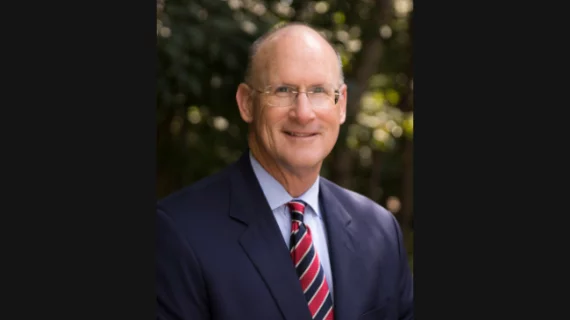As radiology approached the end of 2021, the industry faced multiple crises: Proposed cuts in Medicare of nearly 11%; the worrisome implementation of the No Surprises Act; and yet another year in which COVID challenged medical practices throughout the country and put personnel at risk.
In response, RBMA’s Radiology Patient Action Network sprung into action, generating more than 1,400 contacts with Congress in just three days. And so came the reprieve: Congress took action to delay spending cuts that would have crippled radiology practices and patient access to care throughout the country.
Before this congressional fix, there was a real risk that practices would have to limit access to services in order to adjust to the lower federal reimbursement rates. That won’t happen, at least not for a time, and both doctors and patients are better for it.
But the patient action network's call to action will need to continue into 2022 and beyond—and with good reason. Consider, for instance, the government’s implementation of the No Surprises Act. A bit of background: Doctors were broadly supportive of the No Surprises Act when it was first proposed. No healthcare professional wants to saddle their patients with out-of-network bills, and the idea behind the legislation was to prevent that practice and bring hospitals and insurance companies to the table to work out some agreements on what happens when a surprise expense comes up.
The problem: In the way that the government enforces the legislation, the “independent dispute resolution” process is supposed to resolve a disagreement between a healthcare provider and an insurance company. But the resolution process allows the insurance companies to set what is known as the “qualifying payment amount.” That’s the basis on which the arbitrator running the process would make a determination—but insurance companies set the terms from the get-go.
As a result, insurance companies have been reaching out to radiologists throughout the country and simply informing them that they are on the hook for procedures and expenses—with no discussion. It’s an untenable burden for providers to bear at a time when so much is uncertain about Americans’ health.
Already, we’re hearing concerning accounts from doctors who receive, well, “surprise” notices from insurers. In each case, it’s the natural consequence of how the government chose to administer the No Surprises Act. Rather than put payers and providers on equal footing when a disagreement over billing arises, the government stacked the deck in favor of insurance companies.
That all leaves more work to be done for the federal government. These issues arise at perhaps the most taxing time the medical profession has endured. Each week seems to bring fresh reporting about the stress, strain and difficulty of practicing medicine—which makes one wonder about how and why the government is choosing to tighten its belt right this second.
We need a change, urgently. Doctors have needed support for some time as we climb out of the global pandemic and deal with the possibility of third and fourth waves of infections. Radiologists, in particular, will be called upon to address both the near-term health effects but also the long-term consequences of COVID. At a time like this, we need bandwidth, support and clarity from Congress—not moves that pit payers and providers against one another or reduce reimbursement altogether.
RBMA is committing time and resources on a new payment model for radiology—one that stabilizes the specialty and recognizes the vital role it plays in providing patient care. It’s a model that aligns costs with value and gets us out of the arcane PAYGO rules that hamstring Medicare payments to physicians. Working with the ACR and other organizations, RBMA will engage radiology administrators and radiologists and educate members of Congress and regulators on the need for reform. We seek a sustainable model that will enable radiology practices to ensure payment stability within a growing Medicare population.
With aggressive advocacy and your help, we hope to create a system that provides predictability and stability for patients in the many holidays to come.
Bob Still has served as executive director of the Radiology Business Management Association since 2017.

